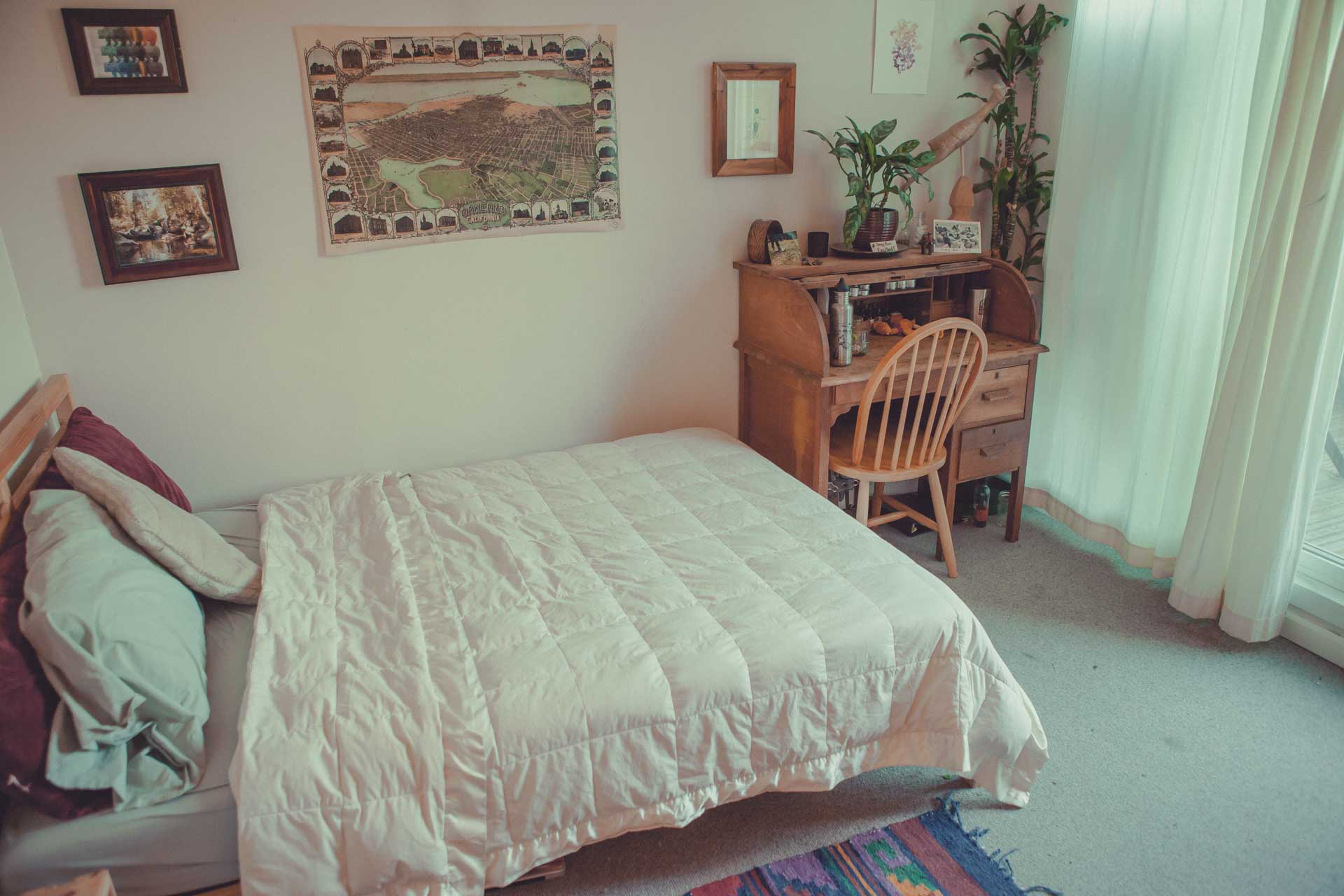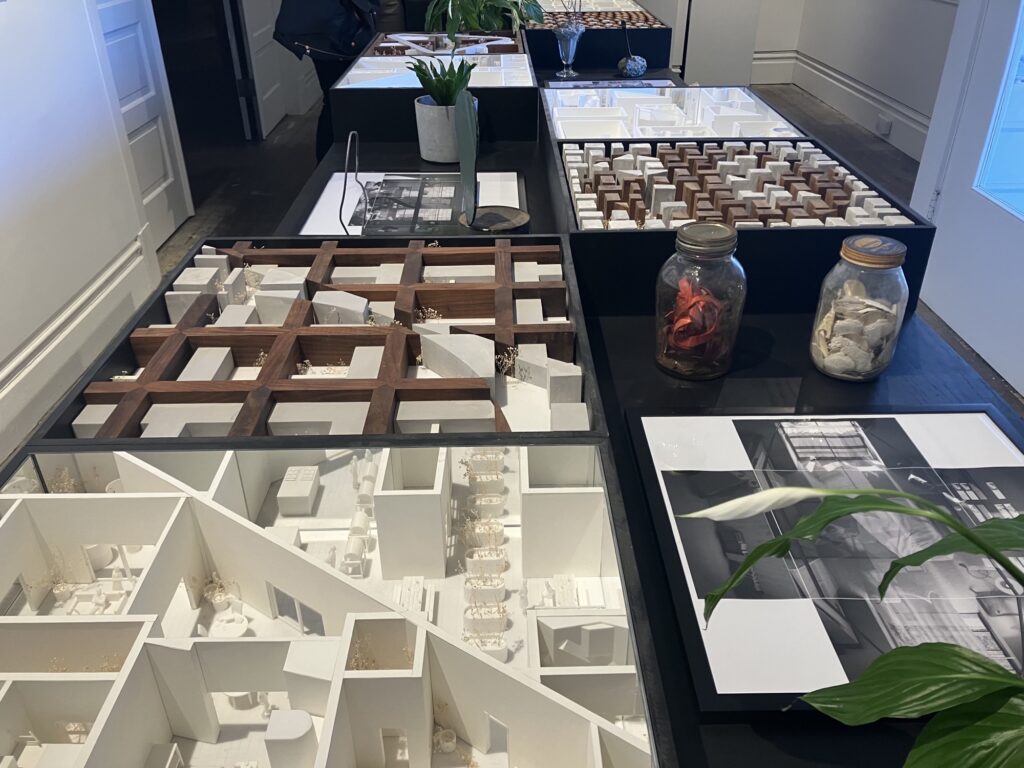San Francisco has long been a haven for experimental ideas of all kinds and on a recent beautiful spring day, I got the chance to dive deeply into one of them.
House of Commons is a workshop hosted at the 500 Capp Street Foundation, the home of the late conceptual artist David Ireland. Since 2016, the facility has operated as a museum, highlighting art and architecture projects by global artists.
500 Capp Street’s latest exhibit celebrates the research of California College of the Arts professors Neeraj Bhatia and Antje Steinmuller, who brought together over 30 examples of communal living from recent and historical samples. The end result of this exploration is an engaging exhibit that showcases their work alongside that of architecture firm Open Workshop, which was inspired to create several speculative designs based on lessons they derived from the pair’s research.
So, what makes successful co-living possible?
Communal living takes many forms, but successful co-living communities often share a few commonalities. Here are the takeaways from the Open Workshop’s House of Commons exhibit about how successful communal living is often done.
1. Dedicated private and public spaces
Ironically, the ability to access space — and time — away from others is key to communal living. In other words, community has to be opted-in to in order to grow organically. Case studies in House of Commons range from those that include private dwellings to those with shared rooms, but all examples contain some form of private and public space and a clear delineation of the two.

Take for instance Tribe, a company that runs a co-living space in San Francisco’s SoMA neighborhood. Tribe offers shared a office space, a media room, a workout room, a large living room, and a large kitchen, but all bedrooms are private (either singles or doubles). Most of the case studies examined in House of Commons share the same ethos.
2. Connection to social causes, intentional gatherings, and events
Co-living and the values of social justice, inclusivity, and acceptance have historically gone hand-in-hand. During San Francisco’s hippie era in the 1960s and 70s, many communal living spaces sprung up in the Bay Area, becoming hubs for radical thought and activism.

Examples included communes like Kaliflower in San Francisco and Essex in Berkeley, both of which operated in the late 60s and throughout the 70s. At modern-day homes like Chaortica and the Embassy, the ethos of change through community lives on as members work on volunteer projects, host community events, and live collaboratively together.
3. Clear expectations and communication systems
While co-living has numerous benefits, there’s no denying some of its challenges: it requires near-constant negotiation and communication. For that to work effectively, residents need to know what is expected of them and have clear communication norms. Communities need to have agreements about how decisions are reached (through voting, consensus, elected leadership, etc.), which spaces remain private and which are considered public, how resources will be shared, and how responsibilities will be divided.

At the Canopy, a 5,600 square foot house in Oakland, CA, a dozen residents manage their house by collectively budgeting for shared food, hosting regular dinners, delegating schedules for chores, and most importantly setting shared values agreed upon by all members. Canopy house values include play, collaboration, accountability, equity, compassion, creative empowerment, and a growth mindset but values at communal homes should be as unique as the people who live there. The most important part of values and communication is buy-in: all residents should be aware of and agree to the terms, whatever they might be.
4. Spaces designed for their user’s needs
While some co-living communities are designed for a mix of different residents (families, students, young professionals), many of the case studies in House of Commons focus on a particular group of people, like entrepreneurs or artists. These specialized communities create spaces that are tailored to what their individual groups need. Chaortica, for example, caters primarily to artists and activists, so the house includes a library, greenhouse, and workshop for its residents to utilize.

5. Affordability
Supplementary benefits of communal living go far beyond the financial (companionship, collaboration, support), but many people are drawn to communal living because of the prospect of lower-cost housing.
Accessing affordable housing in America is often a difficult feat, especially for young people who are still building their careers. By co-living, individuals are able to access nicer amenities than they typically would be able to afford on their own. This is especially true in the Bay Area. The workout space, co-working/office space, and large kitchen offered at Tribe, for example, would be impossible for most residents to afford by themselves. For comparison, rent at Tribe starts at $825 for a shared fully furnished room, while most 1-bedrooms in the Bay Area start at close to $2500/month!
All in all, co-living can help communities thrive
Co-living isn’t right for every person or every community, but it can have many benefits, especially in highly-populated urban areas. Communal living can help reduce isolation and provide safe, affordable housing for people who would otherwise struggle to live comfortably, offering the opportunity to collaborate, support others, and share resources.
Successful co-living requires clear communication, respect, and boundaries, with communal living spaces thriving when they are intentionally designed and maintained.
House of Commons demonstrates the many ways communal living can be done, highlighting examples from the present and the past that demonstrate the power of sharing space and building community.
House of Commons is on display at the 500 Capp Street Foundation until May 31, 2022. Learn more and plan a visit to the free exhibit here.









